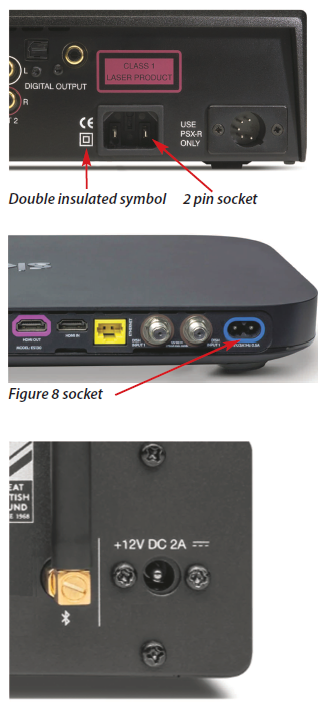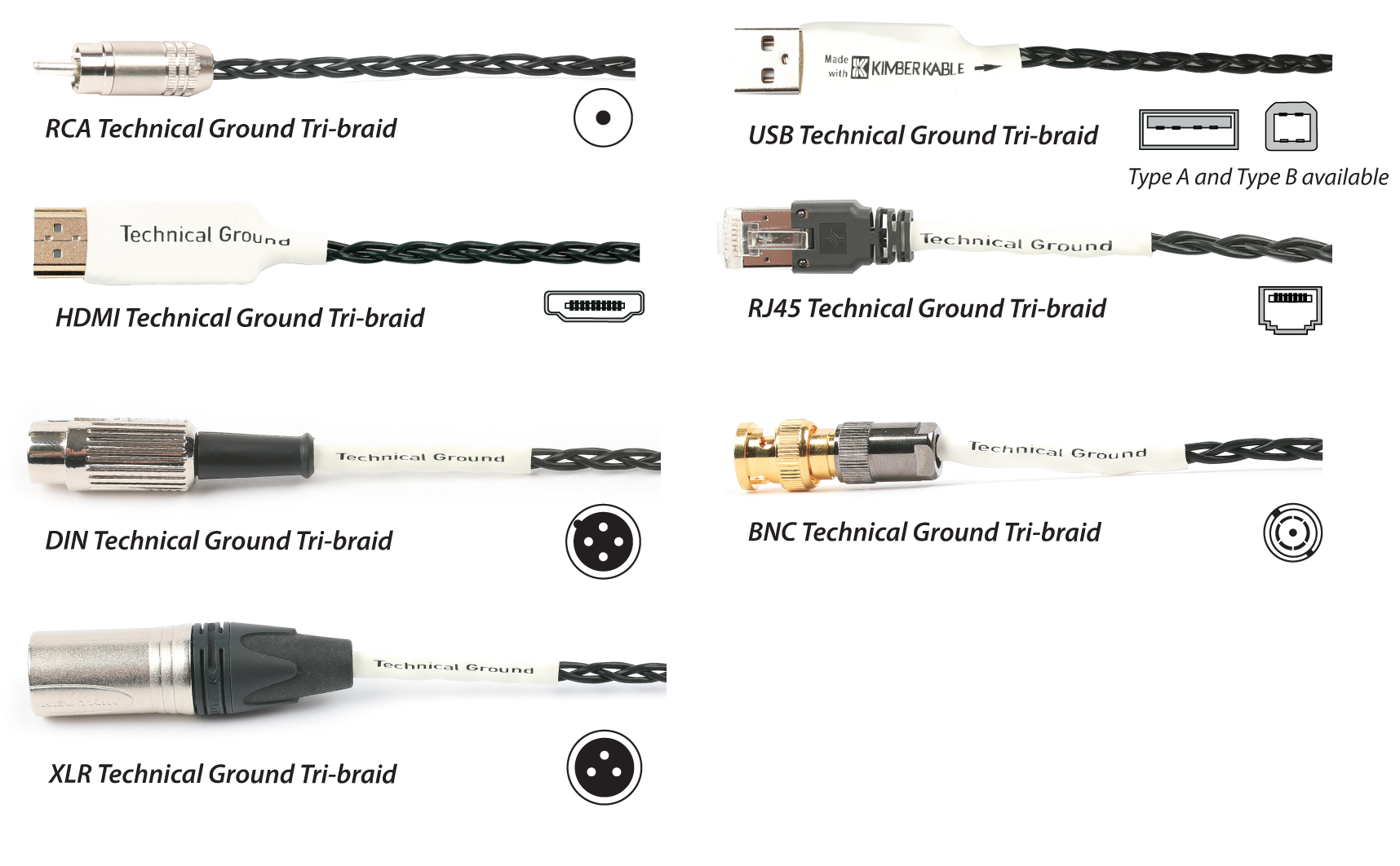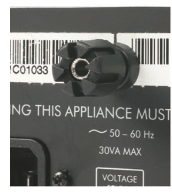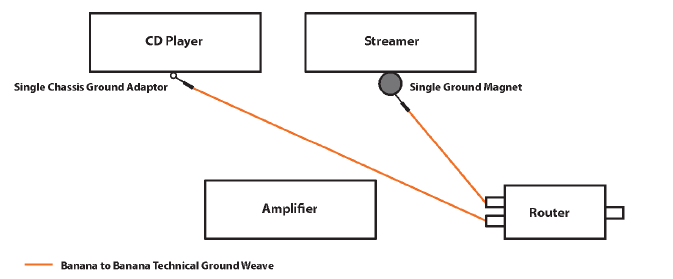Connecting Components that are Double Insulated
A double insulated component is wired with only Live and Neutral connected and has no connection to earth. This type of design is extremely common, but because the internals are completely insulated from the casework, attaching a ground wire to the casework is less successful in grounding RFI. The solution is to use the ground connection of an unused signal socket.
 What to look for...
What to look for...
Double insulated equipment – usually denoted by the symbol shown below right – has ‘floating’ metal or plastic casework that is not linked electrically to your component's internal circuit. The mains power supply is within its own insulated shield and the mains inlet is probably a
 What to look for...
What to look for...Double insulated equipment – usually denoted by the symbol shown below right – has ‘floating’ metal or plastic casework that is not linked electrically to your component's internal circuit. The mains power supply is within its own insulated shield and the mains inlet is probably a

two-pin IEC, figure 8, or three-pin IEC or ‘cloverleaf’ type socket with the earth pin not connected internally.
Equipment powered by an external power supply should also be considered double insulated. Occasionally the internal circuit board may be attached to the casework but it’s not guaranteed.
Ways to connect double insulated equipment
We’ve developed a range of woven Technical Ground Tri-braid cables with the following plug options - RCA, USB (Type A and B), HDMI, RJ45, DIN, BNC and XLR.

Example Connection - all components are double insulated

Example Connection - system with both earthed and double insulated components
In the following example, a mix of components are Earthed (E) and Double Insulated (DI). Because the streamer has its own standalone psu which is earthed, the streamer is classed as double insulated. The turntable is automatically grounded to the phono stage through ground wire which is part of the Tone arm cable.

What if there are no screws or spare sockets?
 In some circumstances, you may find your component simply has no way to attach a ground cable. Some older Naim equipment, for example, has an aluminium sleeve (non-magnetic) with no obvious screws. If this is the case then either leave it out of the grounding system or, if you’re feeling confident and have the required skill, add a ground terminal.
In some circumstances, you may find your component simply has no way to attach a ground cable. Some older Naim equipment, for example, has an aluminium sleeve (non-magnetic) with no obvious screws. If this is the case then either leave it out of the grounding system or, if you’re feeling confident and have the required skill, add a ground terminal.If the component is an amplifier (which under normal circumstances we’d recommend as the hub), simply choose another component, preferably one that has an earth, to act as the hub. If your system consists of just a couple of components, connect them directly to the RF Router.

Click here to view all grounding products






















